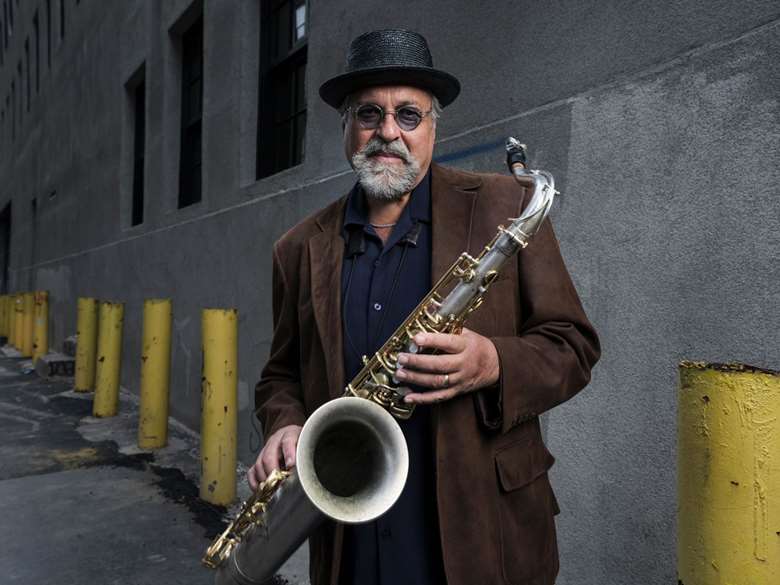Joe Lovano interview: “We have to emerge from this with a different perspective on the whole process of creating music, but not in a commercial way, in a spiritual way”
Stuart Nicholson
Monday, February 22, 2021
Joe Lovano’s career to date has seen him gradually emerge as one of the most subtle and adventurous innovators of his generation. Stuart Nicholson spoke to this gentle giant of the tenor about his new Trio Tapestry album, Garden of Expression


Register now to continue reading

Thank you for visiting Jazzwise.co.uk. Sign up for a free account today to enjoy the following benefits:
- Free access to 3 subscriber-only articles per month
- Unlimited access to our news, live reviews and artist pages
- Free email newsletter




